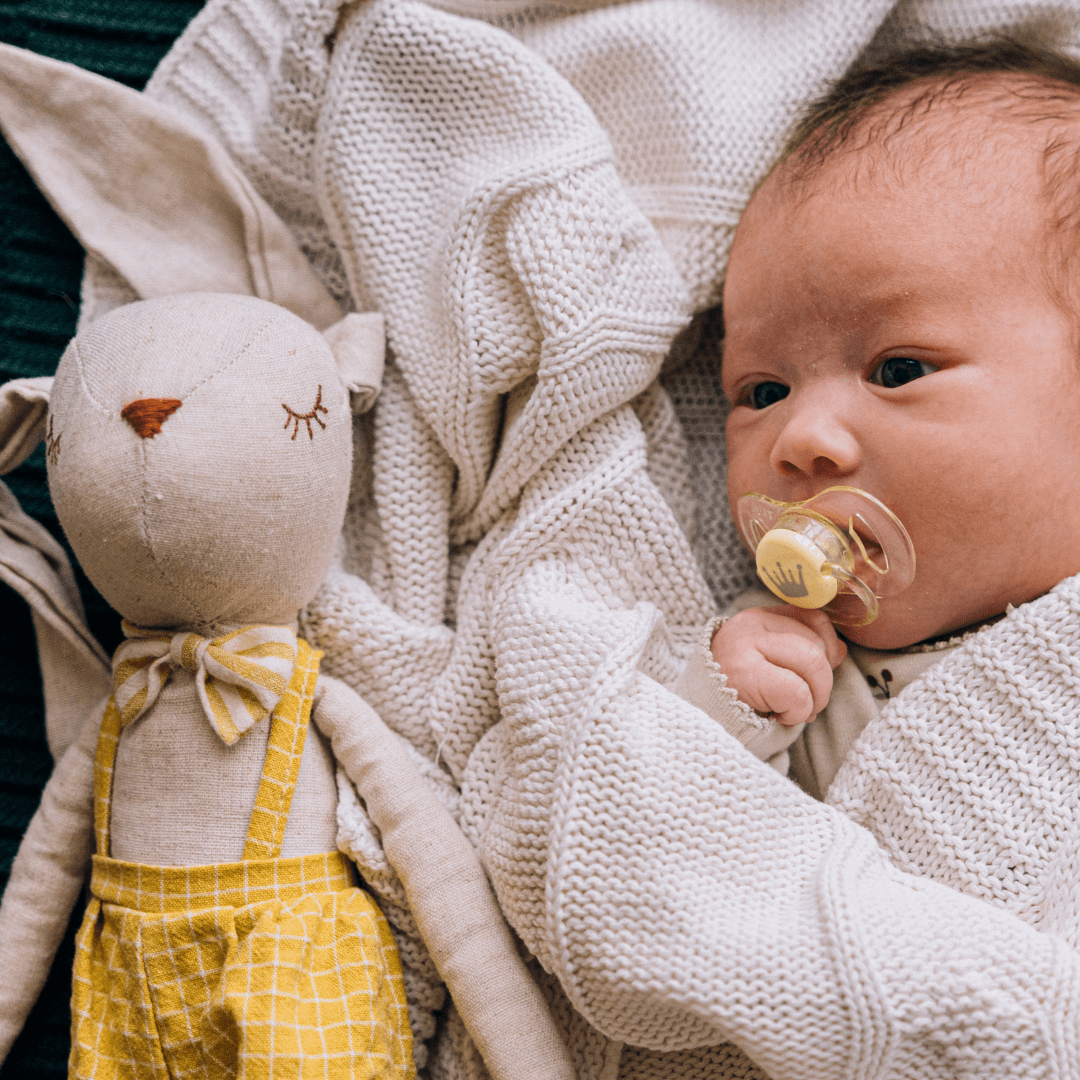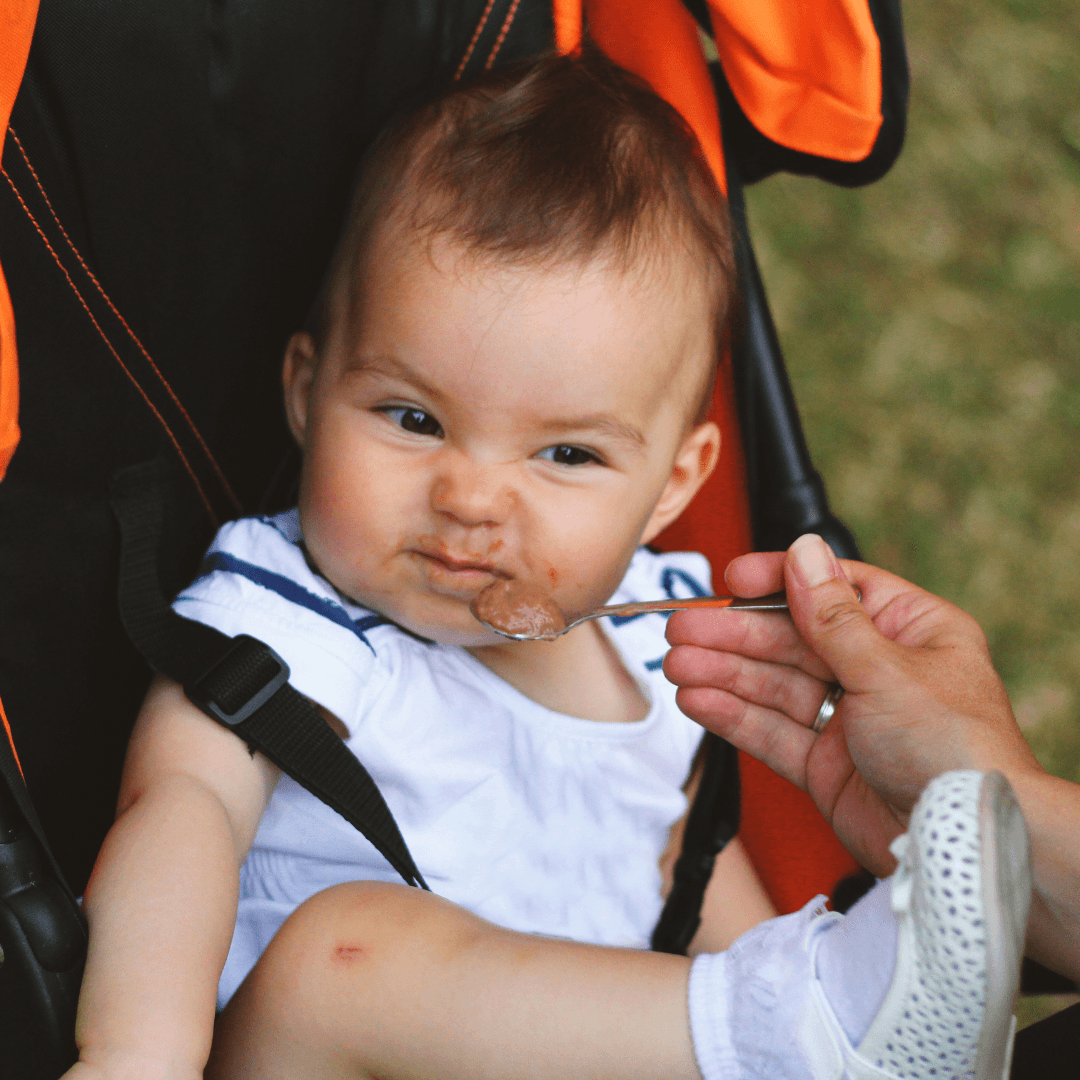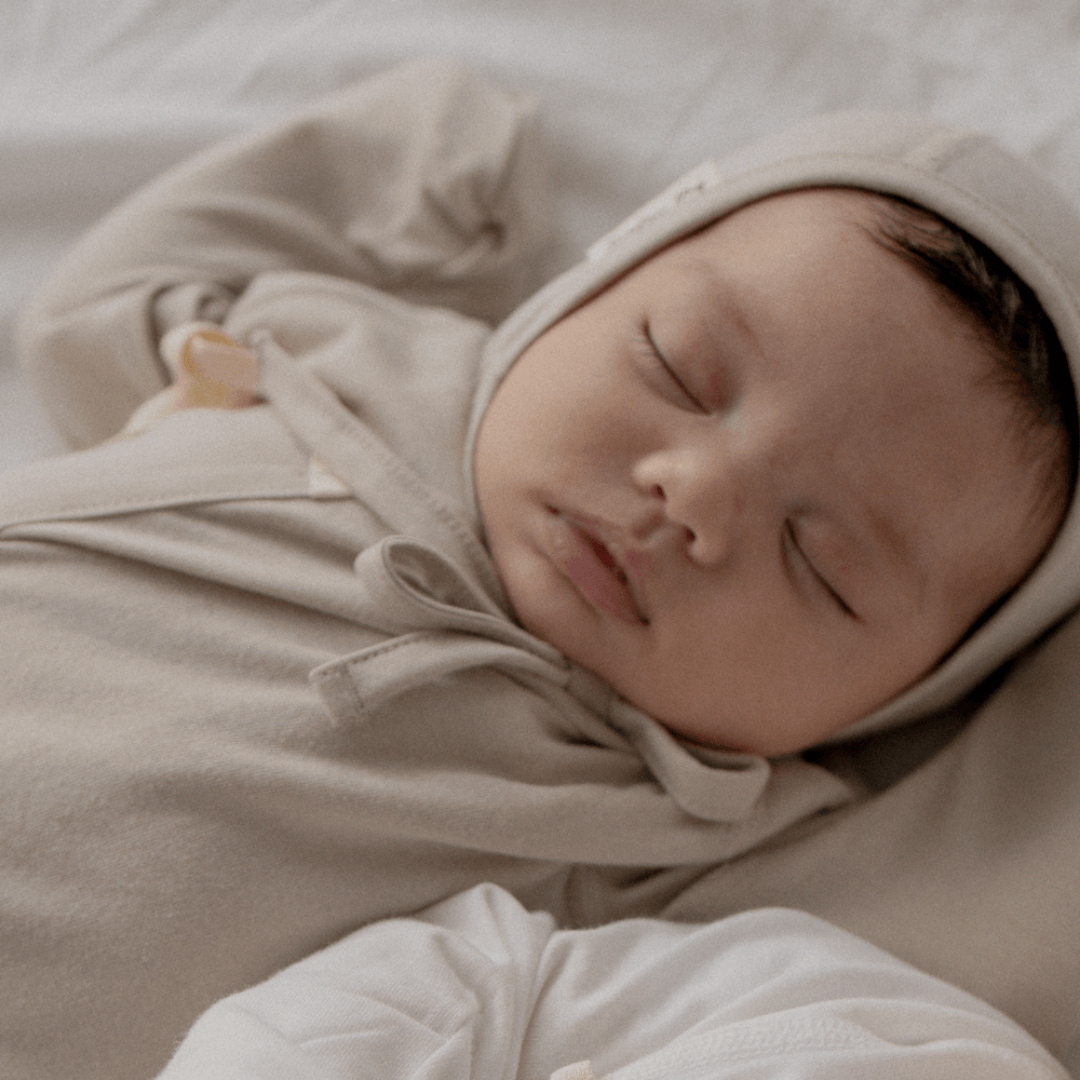
'Attachment' refers to the emotional bond between the baby and the caregiver. It does not necessarily mean that mothers and fathers become 'attachment objects'. In the early stages of parenting, babies become attached to those who spend a lot of time with them and care for them. Attachment serves as a kind of mental safety base. The stronger the attachment relationship, the more emotionally stable the baby can be when exploring the challenging world. So, what parenting strategies are needed to strengthen the attachment relationship?
1. Be sensitive and respond appropriately to your baby's needs.
Your baby will try to communicate by crying. They might cry when they’re hungry, when they urinate, or when they need changing. At this time, you need to understand the baby's intentions and respond appropriately to do attachment parenting. Of course, these sensitive reactions do not happen overnight. It is impossible to know everything that your baby needs at the beginning. Approach it with the mind of communicating with the child slowly for one year. If you pressure yourself too much, it's easy to get tired early.
2. Respond immediately.
When your child starts crying, give them a hug or give them something they need. Attachment parenting is letting them feel that someone is always by their side to help.
3. Express yourself a lot and give them a hug.
Touching is the simplest way to establish a strong connection between the baby and the caregiver. Touch them with bare skin, hug them tightly, and help your child with positive words such as 'I love you'. When they make eye contact, smile, and when they babble, respond with phrases like: 'Did you say…?' Even if it cannot be expressed in words, happiness will be sprouting from the heart of the baby.
4. A child will form close bonds with the caregiver.
When your baby begins to feel stranger/ separation anxiety from changes in primary caregiver, changes in environment, or moves to unfamiliar spaces, they may only want to be with the primary caregiver. Even if there are no problems with your parenting methods, this might still occur, so do not worry too much, as your child may show sudden changes in growth and development. In this case, calmly empathise with your child's minds and help them to communicate emotionally in a familiar place. If you take the time to hold your child consistently, your child will feel secure again.

5. Don't get too caught up in the phrase 'attachment parenting'.
One of the ways to achieve attachment parenting is not to worry too much about attachment parenting. It is ironic, but if people repeatedly think 'I have to do this or that', there are times when they get tired of just thinking about it. For example, when studying or dieting, there are many times when you obsess over what you have to do in the future to the extent where you can't actually act. Don't try too hard to achieve the perfect parenting method. Some days you may have a satisfactory performance, and some days you may not. But if we're trying to be 'good parents', then gradually things will get better over time just by trying your best.
Parenting is a long game. Is the relationship between my baby and I a secure attachment? Is it an unstable attachment? What do I do if we have an unstable attachment? Rather than worrying about whether what you’re doing makes your child trust you more, you just need to establish a secure family principle to follow and keep it. The child will learn the culture and values of your family and grow into a good adult.
---------------------------------------------------
Author: Jisoo Lee, Kindergarten Teacher
- Based on early childhood education theory and practical experience,
she introduces ways to get along with children.










